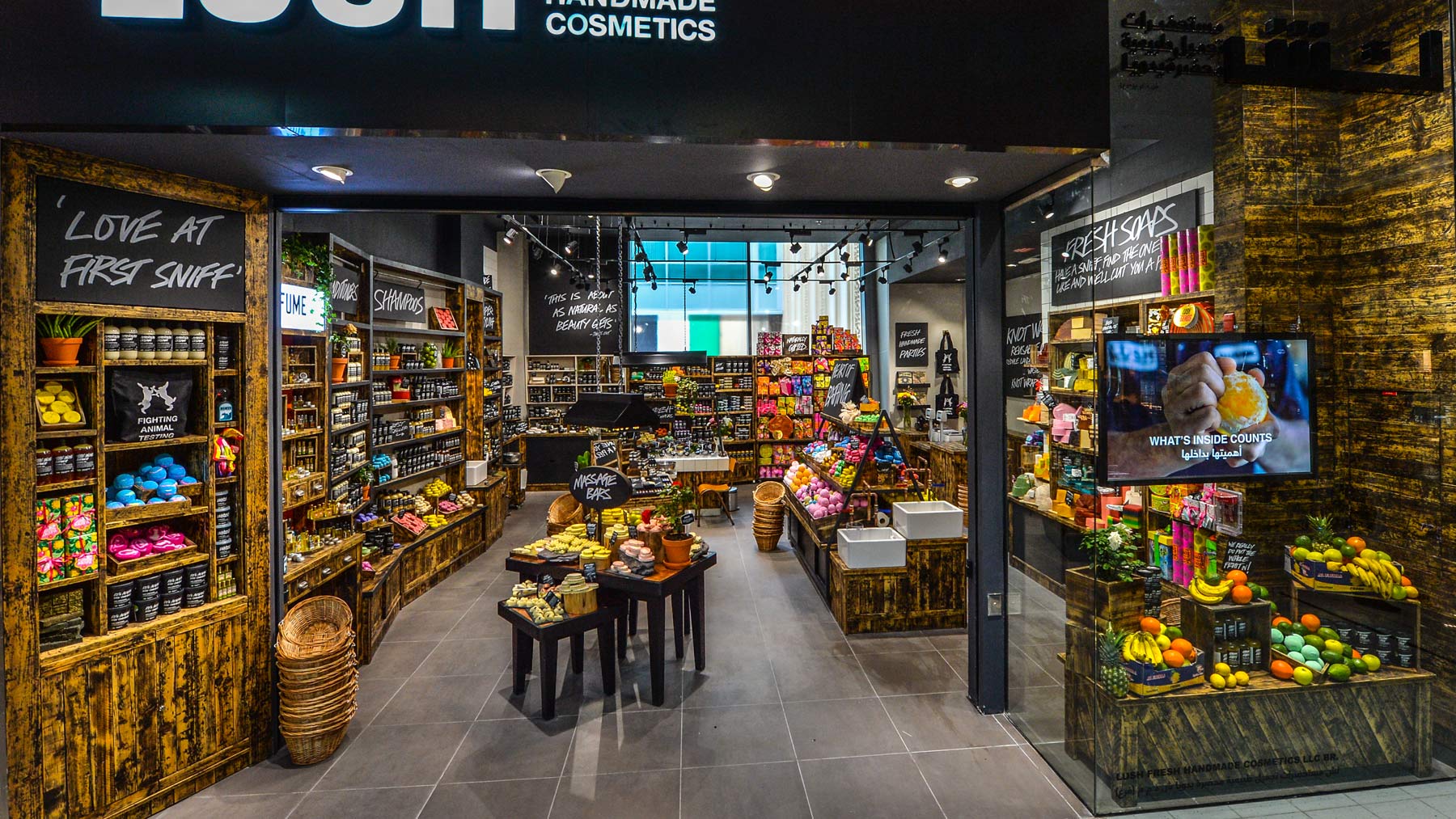With rising mall vacancy levels, drop in consumer spending, growing competition among retailers as well as the e-commerce push, decline in average rents, and media reports of some stores closing down, it seems the retail apocalypse isn’t a false scare story in the (Persian) Gulf Cooperation Council region anymore, at least for the near foreseeable future.
And there’s data that show how the (P)GCC retail sector is in a bewildering state of flux, AMEinfo reported.
According to a research by Euromonitor, store-based retailing in the (P)GCC has been slowing down year-on-year in percentage terms. It went down from 11.80% in 2014-15 to 8.30% in 2015-16, rising modestly to 9% in 2016-17. Not only this, the percentage growth rate of store-based sales is also softening, Euromonitor data show.
While between 2013-2015, sales grew in double-digit percentages, from 2015 onwards the rate has slowed to single digit that’s expected to continue to hover around single digits until 2019.
Drop in Footfall
Apart from falling sales growth rate, the decrease in mall footfall has been adding to the woes of mall owners and retailers alike. Sapience Consultancy’s ‘Mall Tracker results Q2 2017’ that was shared exclusively with AMEInfo.com, shows mall footfalls decrease across some major shopping malls in the UAE and Saudi Arabia. As per Mall Tracker 2017, the UAE has witnessed an overall drop in mall visitation levels in Q2 compared with Q1 this year.
“Dubai displayed schizophrenic results,” the report notes, adding, “Past three months visitation as well as frequency dropped overall, yet, percentages of ‘last mall visited’ and ‘visited a mall once a month or more’ went up.”
“The reason behind it being that biggest, established malls registered decreases overall to the benefit of smaller, closer ‘Community’ malls and ‘Occasionals,” Nadine Touma, consultant, Sapience consultancy, explains.
Dubai Festival City has also shown signs of weakness in Q2, dropping in both past three months visitation and frequency. Neighboring Abu Dhabi too saw a decrease in frequency of mall visitation overall, except for ‘Community’ malls and ‘Occasionals’, the Mall Tracker 2017 report adds.
While all ‘Favorites’, Marina Mall, Abu Dhabi Mall, Yas Mall, Wahda, Khalidiyah recorded an overall decrease in frequency, Abu Dhabi Marina Mall is increasing even further its preference levels, from 24% to 27%, putting it far beyond any other player in the same group, the Mall Tracker 2017 notes.
Yas mall which, rose from ‘Regulars’ in 2016 to ‘Favorites’ in Q1 2017 has maintained position in Q2. Khalidiyah mall, however, with a drop to 10% preference in Q2 will most probably join Madinat Zayed and Mushrif as ‘Regulars’ by the end of the year, says Nadine Touma.
Declining Rent
A report by JLL, ‘Dubai Real Estate Market Overview for Q3 2017’ paints a similar picture of falling footfall in Dubai malls.
“Given the increased competition in the market, a number of the smaller retail malls in Dubai are revisiting their strategies and revising their tenant offering in an attempt to increase footfall,” it notes.
“Property owners have been more willing to negotiate rents with existing tenants and we have therefore seen a further decline in average rental levels during Q3,” the report adds.
Super-regional and regional malls have recorded declines of between 3% and 5% in headline rents on a quarterly basis, which may understate the extent of effective declines. Smaller neighborhood and community malls have generally recorded greater declines than in the larger centers, it notes.
Rising Mall Vacancy
As if declining rent and footfalls were not enough, the rise in mall vacancy levels, especially in Dubai, have added to the challenges malls have been facing.
Mall vacancy in Dubai have generally increased over the past year and this trend has continued during Q3, placing further pressure on rentals, the JLL report notes, adding, “Rents are expected to remain under pressure over the next 12 months given the large volume of potential new supply due to enter the market.”
Not only this, retailers are having to confront another major challenge in the region–access to cheap capital. Murshed of Alpen Capital explains: “The increase in interest rates by the (P)GCC countries in line with the rate hikes by the US Federal Reserve during the year has increased the cost of borrowing and slowed credit growth.”


